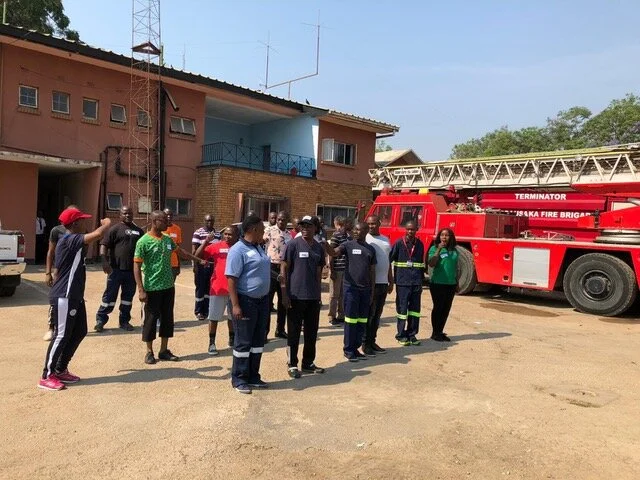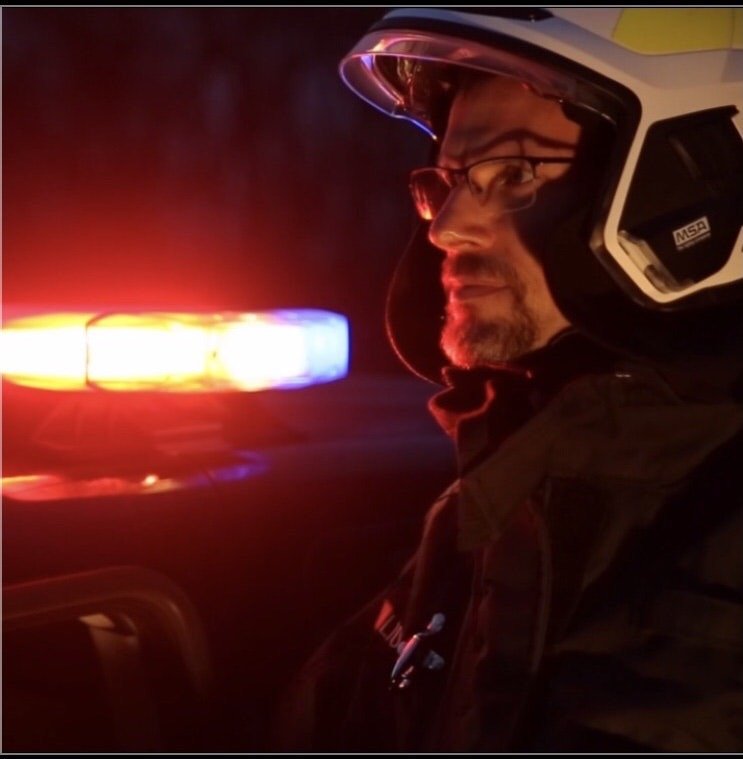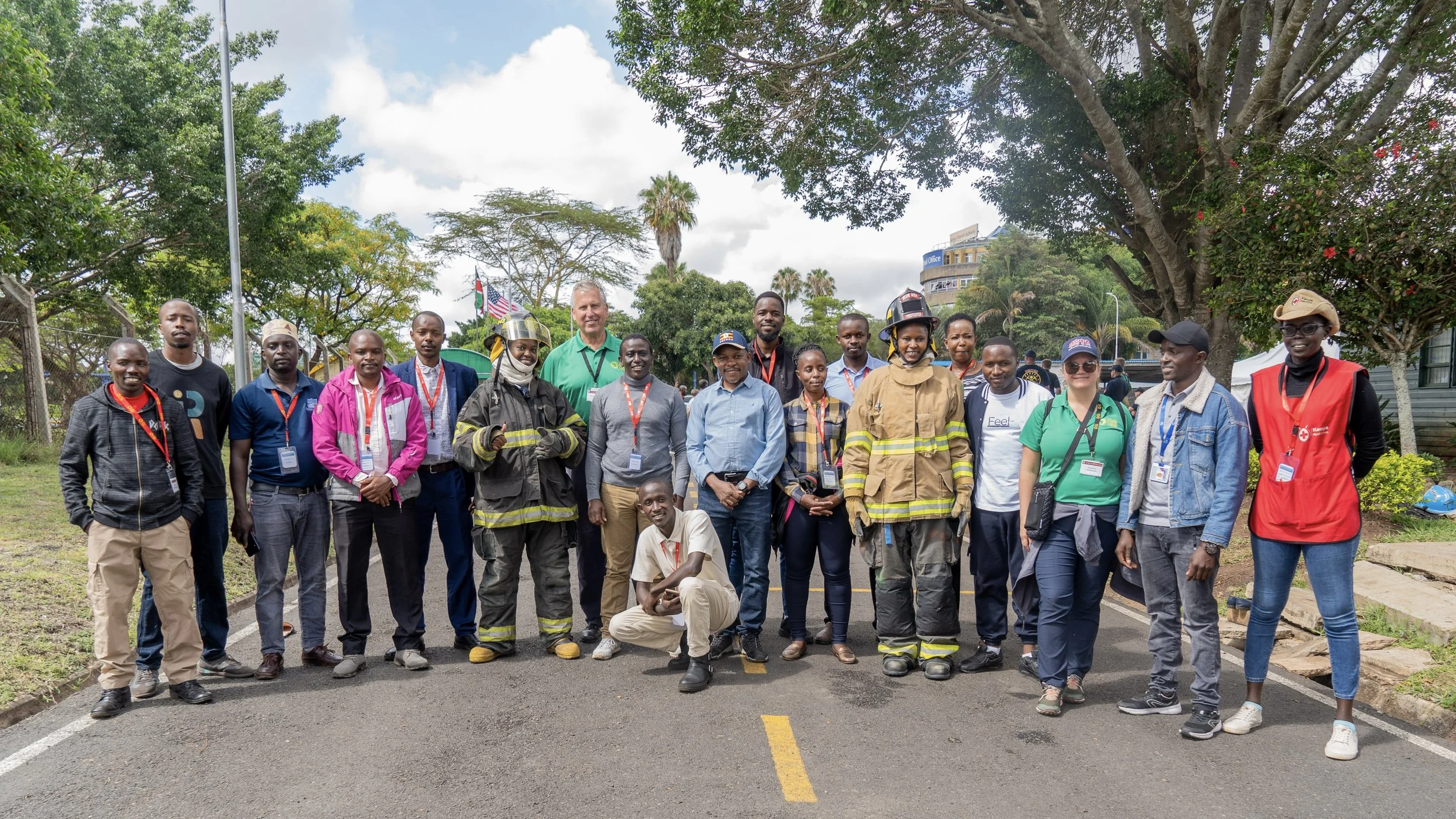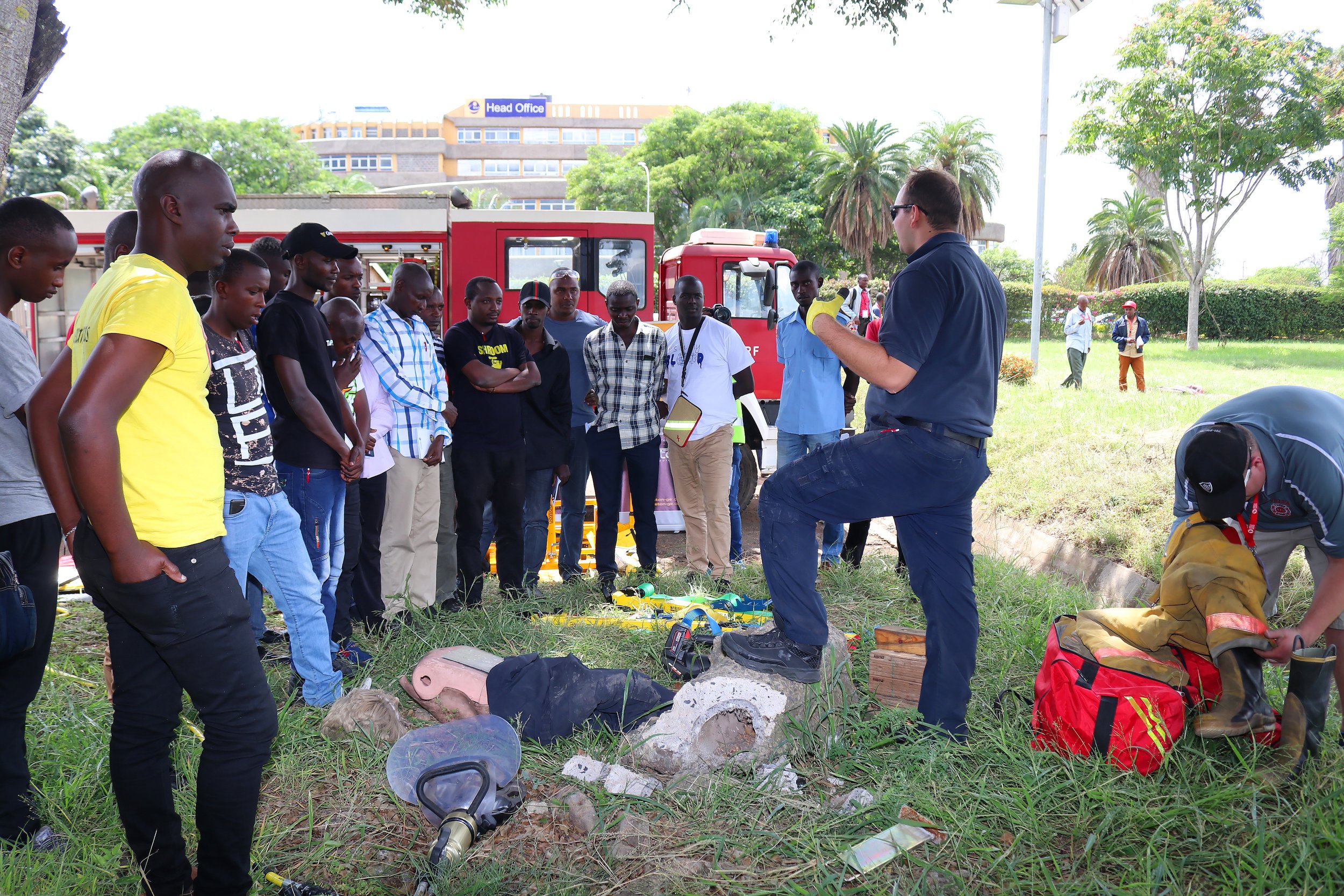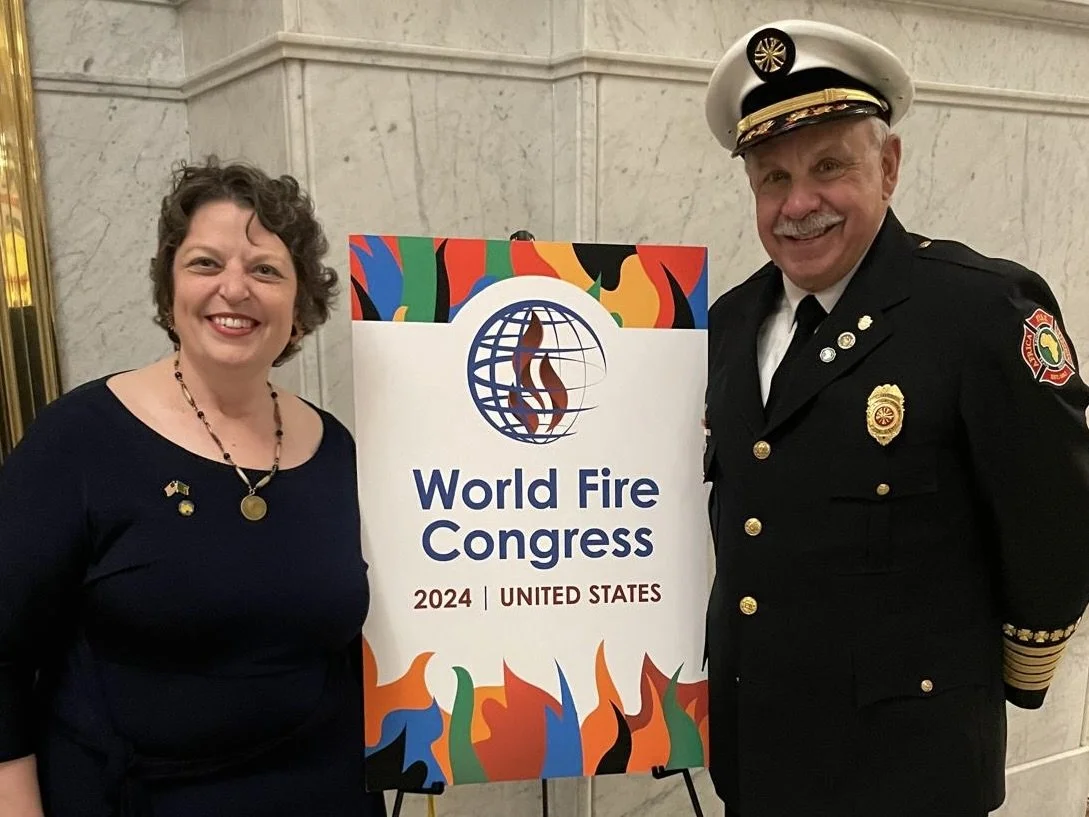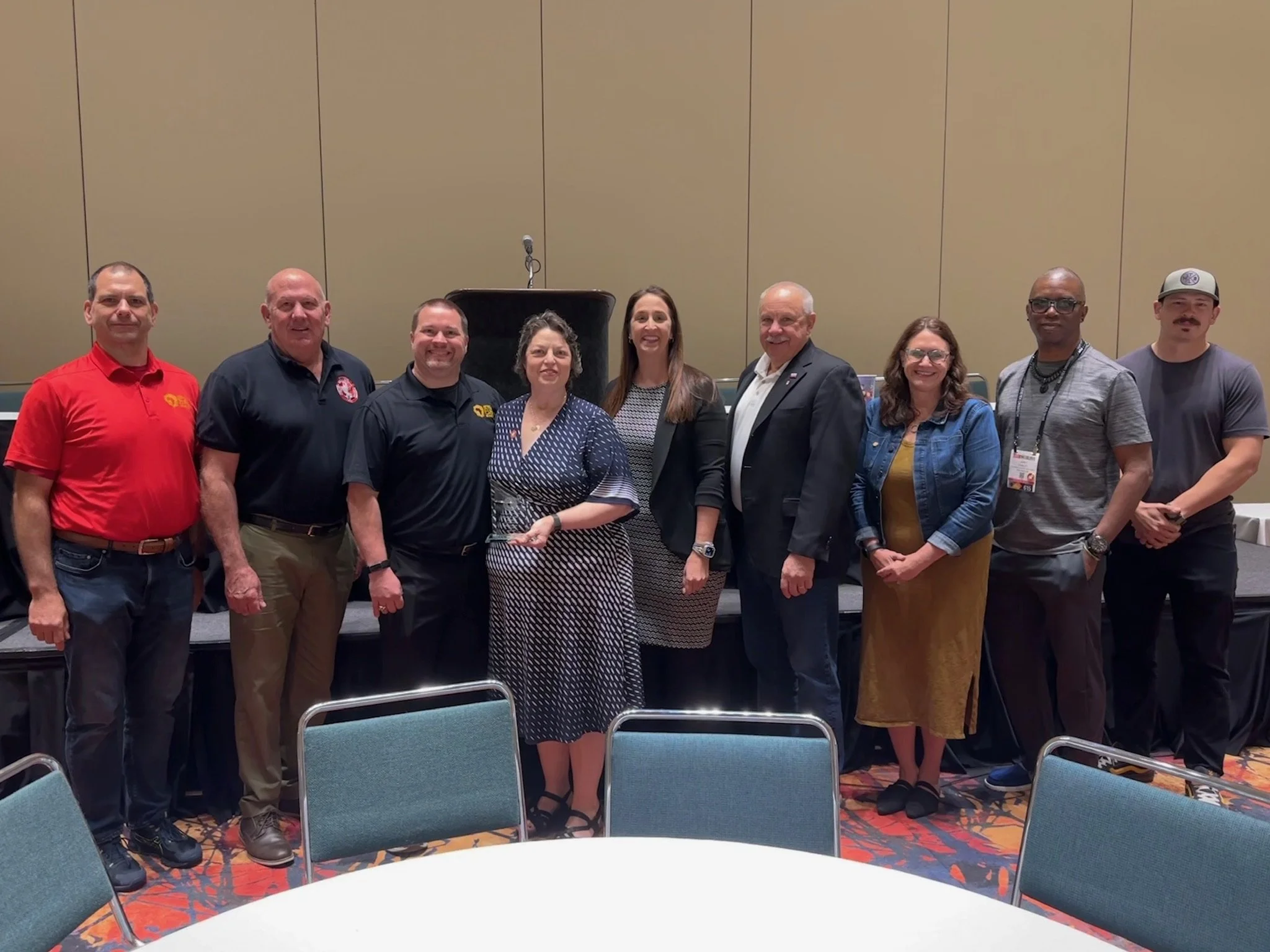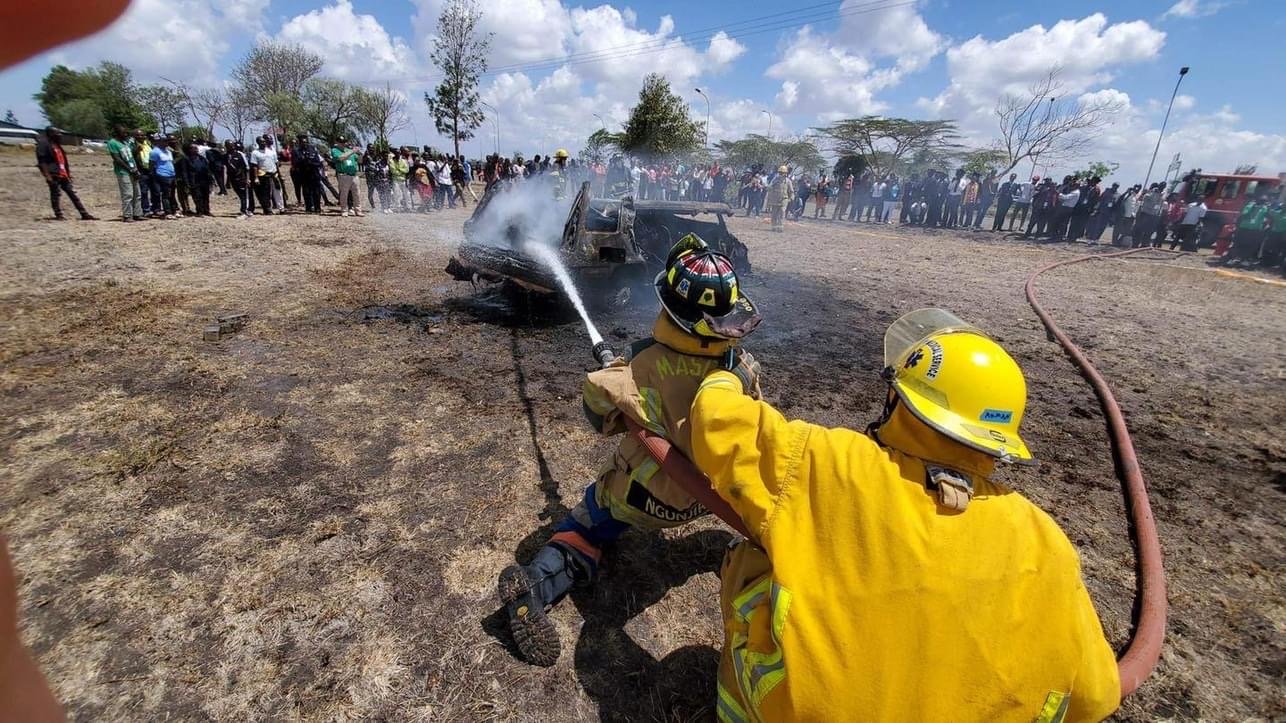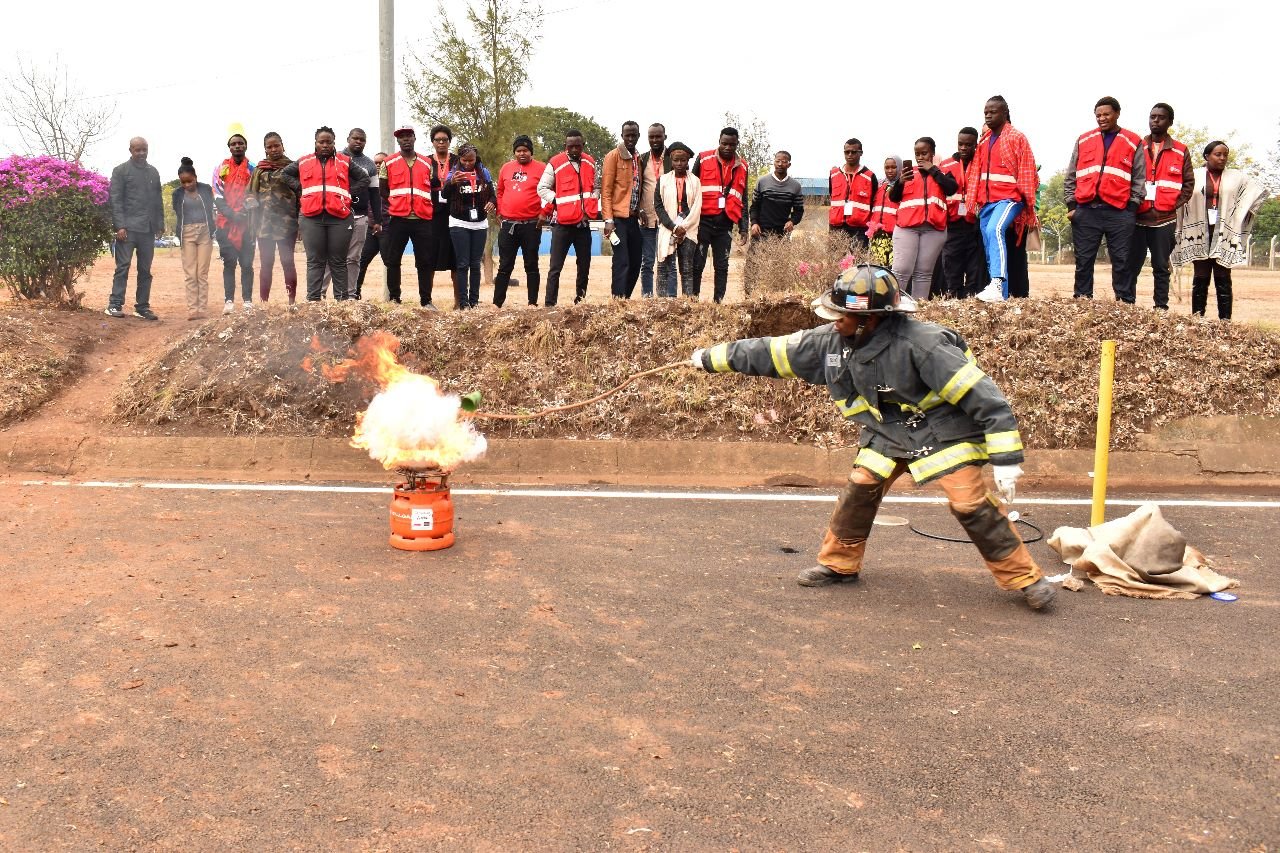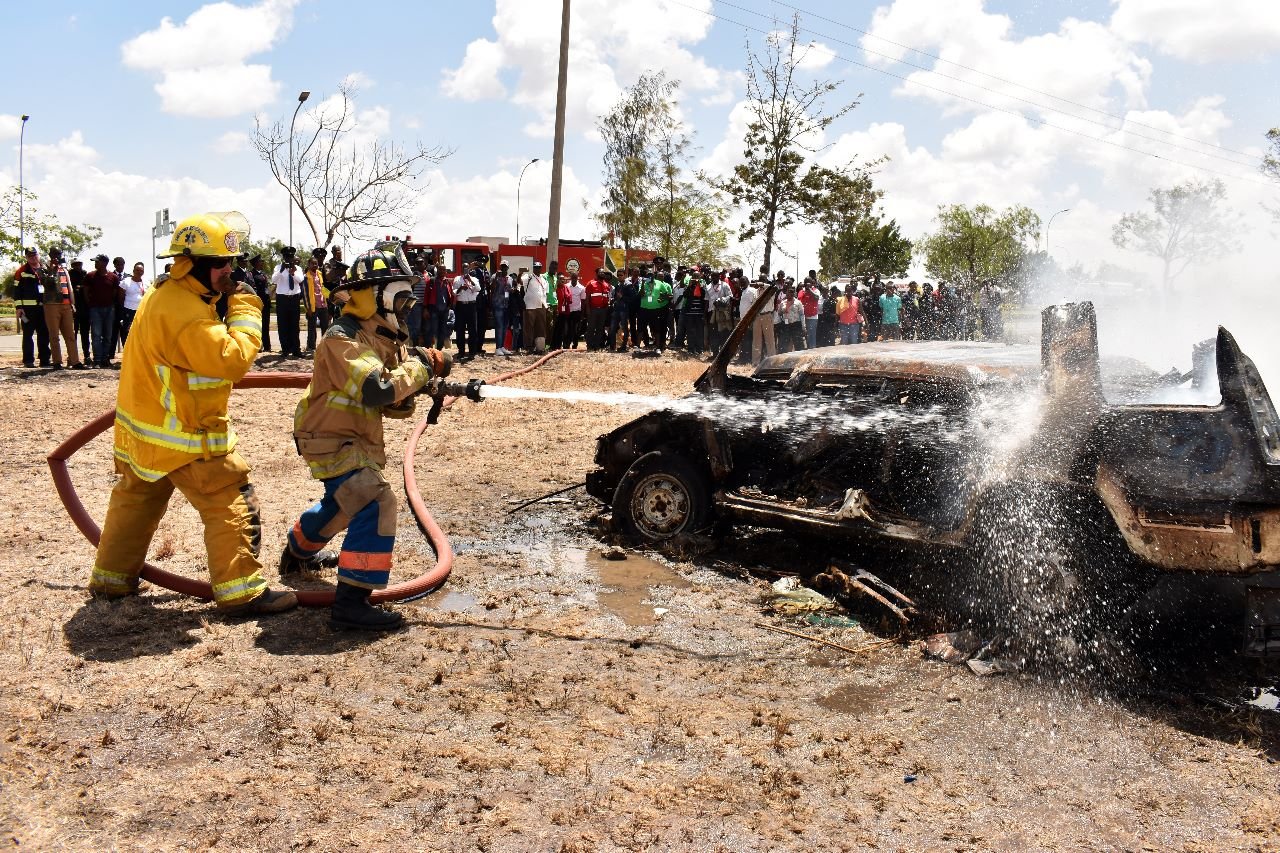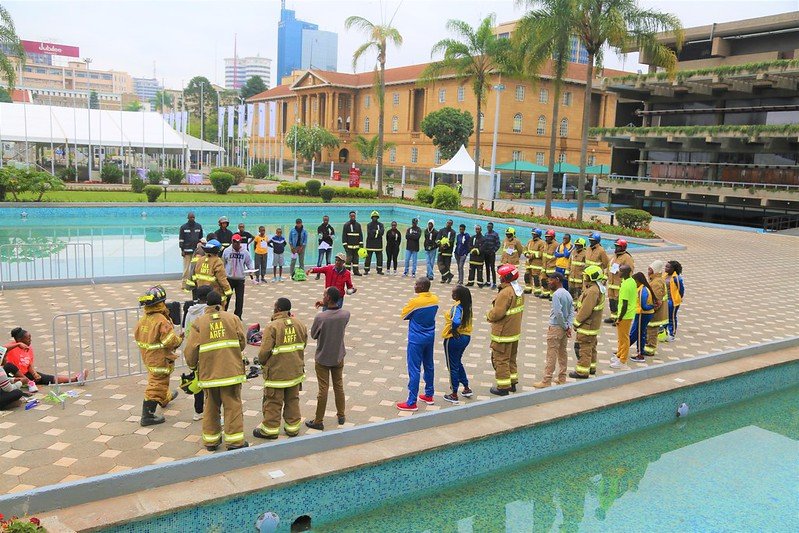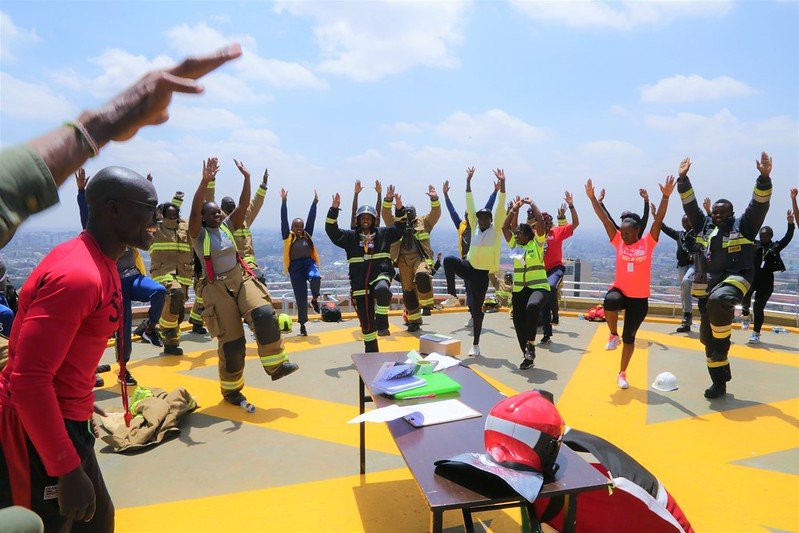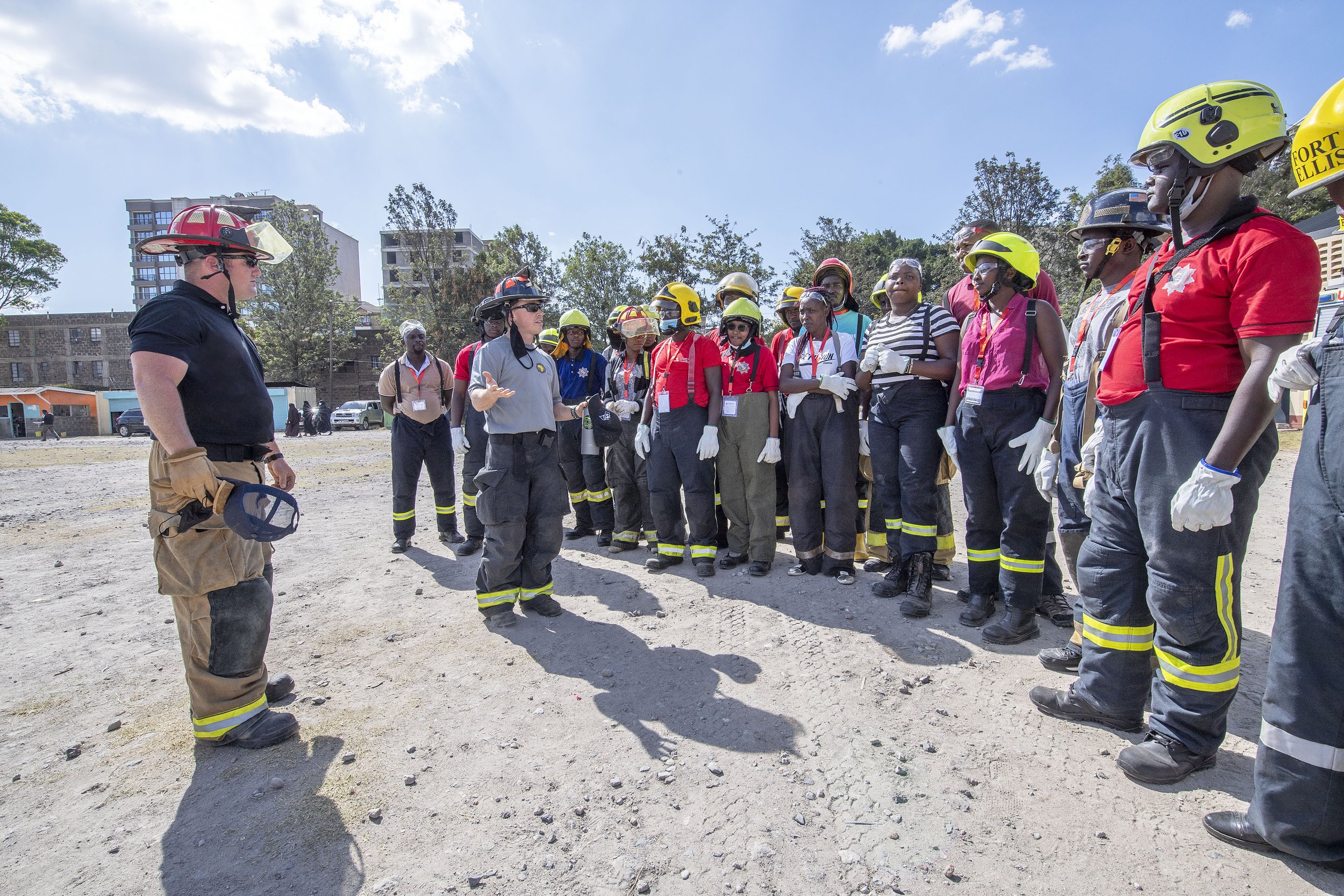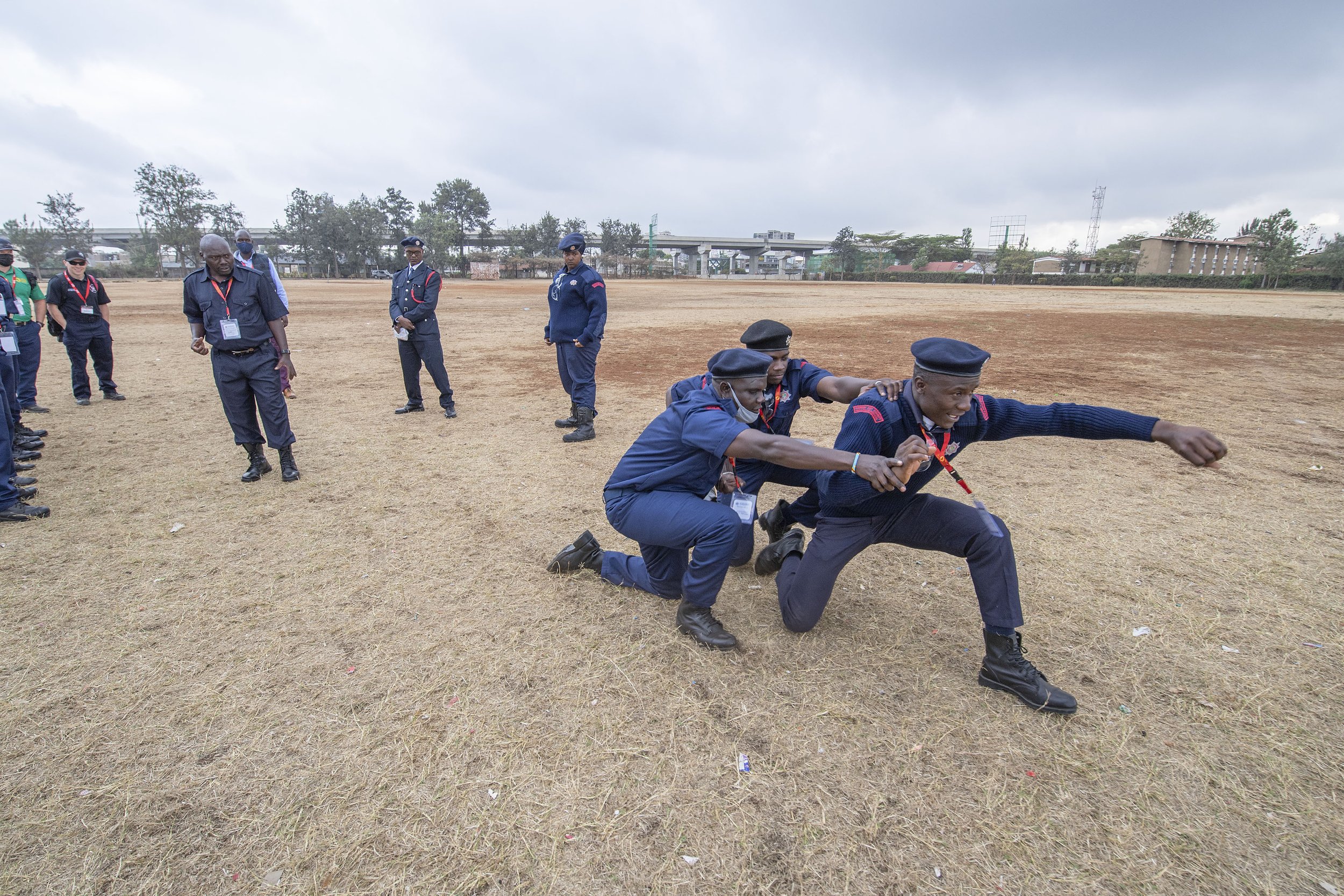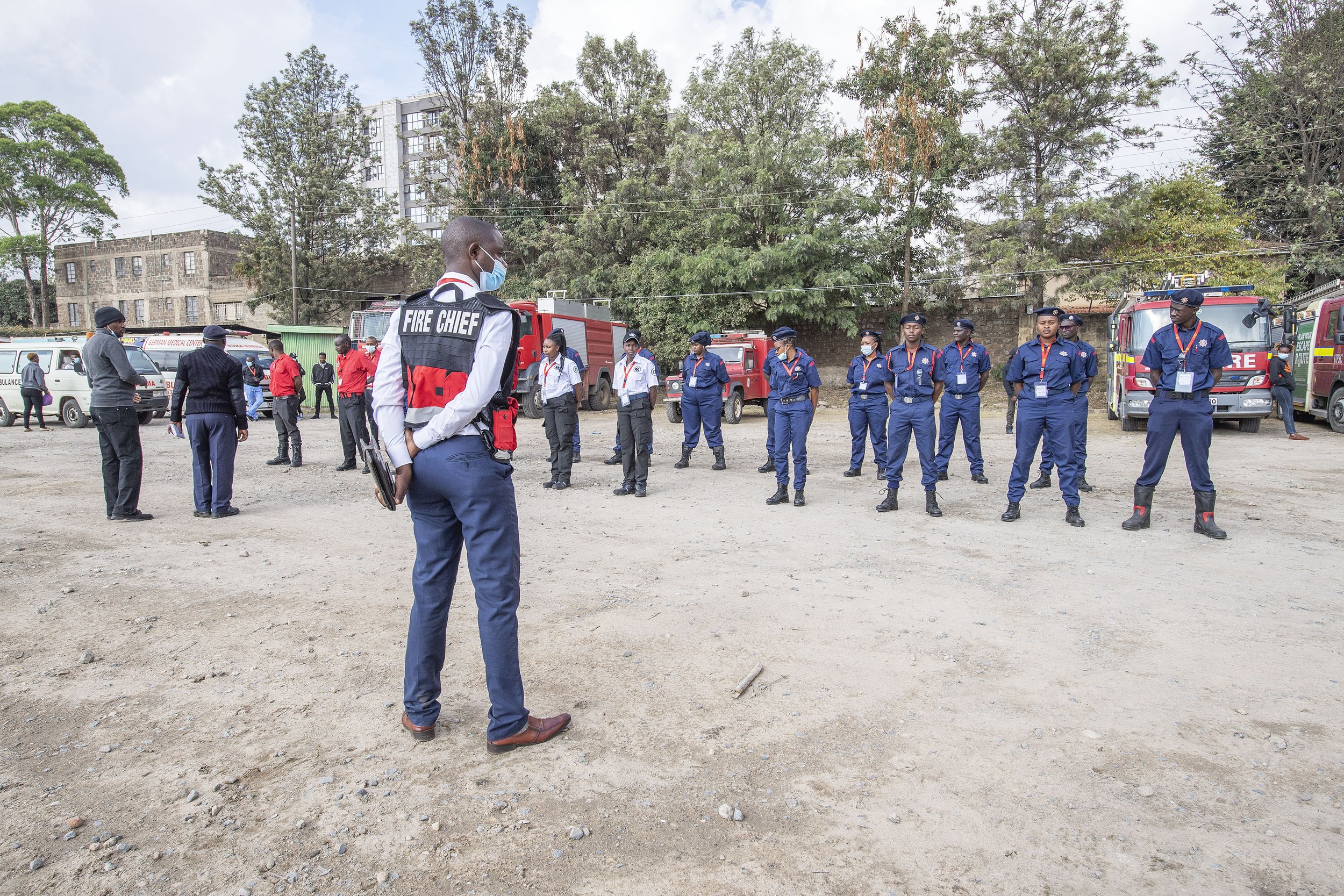Firefighters face unique and significant health risks due to their exposure to hazardous materials during their duties. Understanding these risks and implementing effective prevention strategies are crucial for promoting firefighter health and well-being.
Understanding Cancer Risks
Firefighters are regularly exposed to hazardous substances like benzene and formaldehyde, which can lead to serious health issues, including various cancers. The increased cancer risks make awareness and understanding essential for protecting firefighters' health.
Prevention Strategies
Employing effective prevention strategies can significantly reduce the cancer risks firefighters face during their careers. Key strategies include:
Use of Personal Protective Equipment (PPE): Wearing appropriate PPE is essential for minimizing exposure to harmful substances during firefighting. Regular maintenance of PPE ensures its effectiveness and keeps firefighters safe from hazards.
Health Monitoring Programs: Regular health screenings and monitoring programs can help detect early signs of cancer in firefighters, promoting timely intervention.
Training in Hazard Awareness: Providing training on hazard awareness helps firefighters recognize and mitigate risks associated with harmful exposures.
Wellness Practices
Promoting wellness practices among firefighters can enhance their overall health and well-being, mitigating health risks. Key wellness practices include:
Healthy Lifestyle Choices: Adopting a balanced diet, engaging in regular exercise, and getting adequate rest are essential for maintaining good health and a strong immune system.
Stress Management Techniques: Incorporating stress management techniques like mindfulness and relaxation can greatly benefit firefighters' mental well-being.
Regular Health Screenings: Early detection of potential health issues through regular screenings can significantly improve treatment outcomes.
No matter what your position in the emergency services is, it is important to keep your health in mind!
Conclusion
Firefighters face unique cancer risks due to exposure to hazardous materials. Awareness, effective prevention strategies, and wellness practices are key to reducing these risks and promoting firefighter health. By prioritizing these measures, we can ensure the safety and well-being of those who bravely protect our communities.
James Nyadwe is a Water Survival/Safety Expert and Trainer, Open Water Scuba Diver, and a Fire Advocate. James is passionate about sharing knowledge on safety issues on land and water that impact first responders. Additionally, James has served as an instructor for AFM’s virtual firefighter training.

